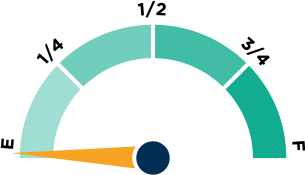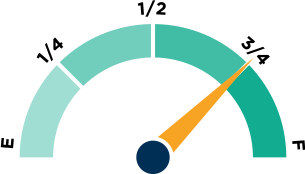Kansas
Rank
Kansas, stuck at 45th with an F, struggles to break free from stagnation. Limited charter growth and weak support for innovation leave families in the Sunflower State with few educational alternatives.
What we call a "law-in-name-only," Kansas has the weakest charter law in the nation, leaving school approvals, operations and funding entirely up to the very districts that those schools founders believe do not work for their children. Therefore the few...
Innovation Schools/Zones are available but the state has yet to commit to any other serious programs such as career and technical, work-based, or personalized/mastery-based learning options.

The Governor has been steadfast in her rebuff of the Republican controlled legislature’s efforts to pass meaningful bills to bring more education freedom to Kansas. With her statements of “public dollars should go to public schools” it is clear Governor Kelly...
A modest Tax Credit Scholarship program is a life-saver to over a thousand students but a low cap on dollars that can be raised against the tax credits and the fact that the program requires fundraising to give students opportunities makes this program so...
Even as innovation surges nationwide, high-spending states like California, New York, and Oregon still limit families' options, showing that dollars alone don't guarantee education freedom.

School report cards, called “Building Report Cards” are highlighted on the main page of Kansas’ Department of Education website, under “Popular Resources.” Data is easy to understand and visually appealing through their use of charts and colors, but it...

One of many data points to assess whether a state has the right policies in place to ensure teacher quality is the "use of student achievement data in teacher preparation accountability." How empty or full the fuel tank above is will give you the answer for your state.

"The Kansas Constitution contains a Compelled Support Clause and a Blaine Amendment but neither has received much judicial attention. Relative to other states' variations, the scope of the Kansas Blaine Amendment is very limited; it only prevents religious...